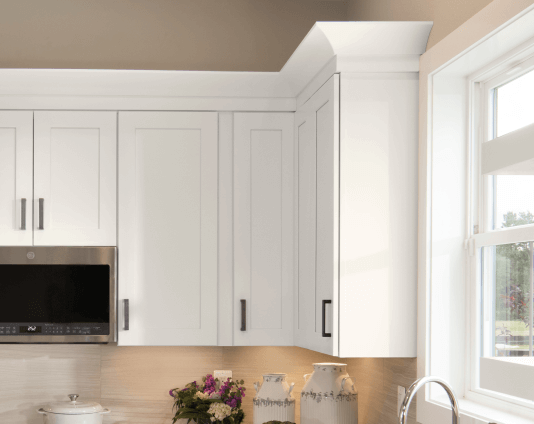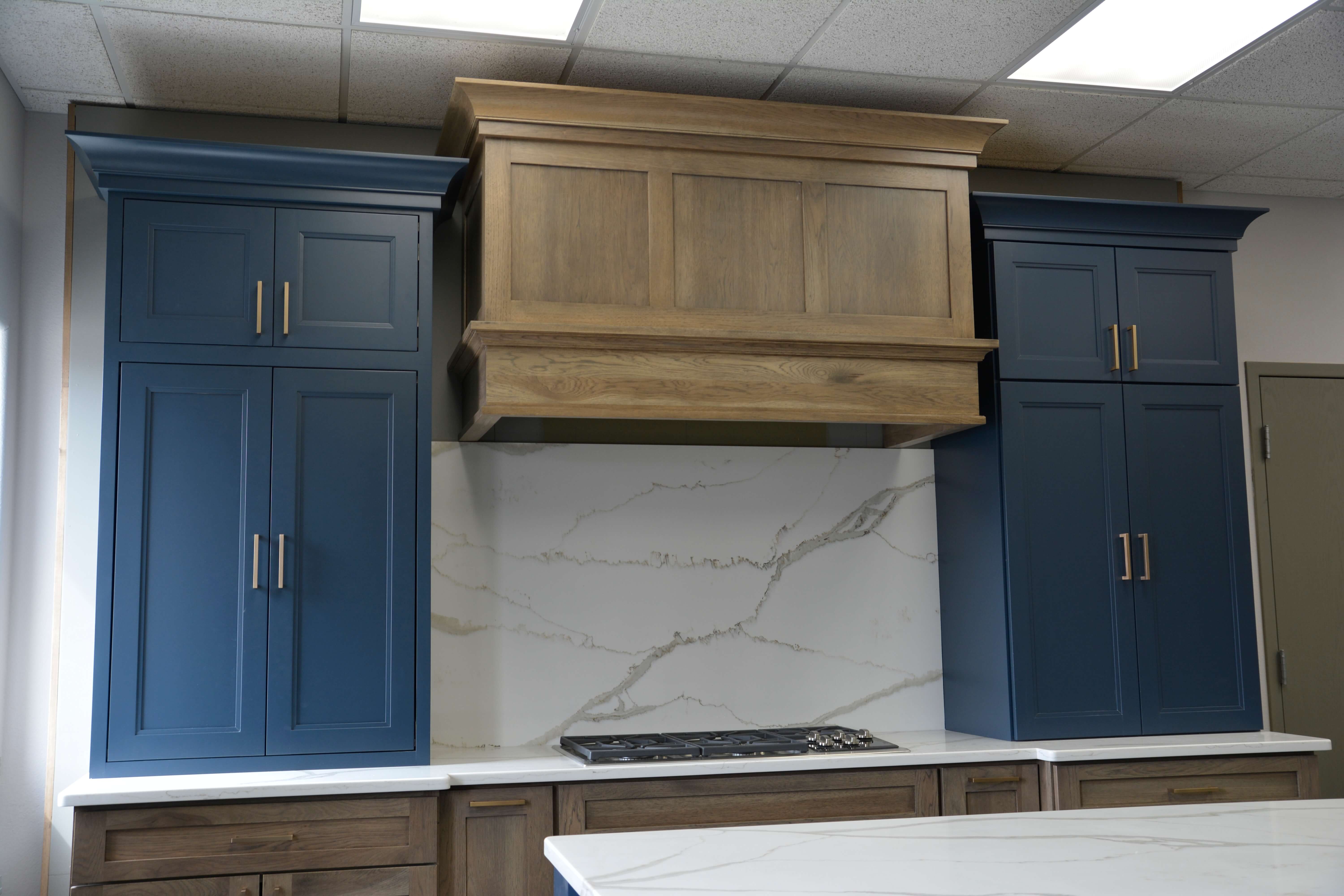If you’ve ever walked into a kitchen or bathroom and marveled at the intricate details of the cabinetry, chances are, decorative molding played a significant role in that visual splendor. Decorative molding not only enhances the aesthetics of cabinets but can also add value to your home. As someone who has spent years in the interior design field, I’ve seen firsthand how the right molding can transform a space. In this comprehensive guide, we’ll explore everything there is to know about decorative molding for cabinets, from types and styles to installation and maintenance tips.
Understanding Decorative Molding
What is Decorative Molding?
Decorative molding refers to the various types of trim that can be added to cabinetry to enhance its overall look. It includes cornices, crown molding, accent trim, and more. Molding can be made from a variety of materials, including wood, MDF, and polyurethane, allowing for various finishes and styles to match your existing decor.
Types of Decorative Molding
Understanding the different types of decorative molding can help you choose the right one for your cabinets. Below are some commonly used types:
- Crown Molding: This is typically installed at the junction where the walls meet the ceiling, but it can also be used atop cabinets for a sophisticated look.
- Base Molding: Used at the bottom of cabinets, base molding adds an elegant transition between the cabinet and the floor.
- Chair Rail: This type of molding is typically used horizontally to protect walls from chairs but can also add character when used on cabinets.
- Panel Molding: Used to create a framed look around cabinet doors, enhancing depth and dimension.
- Quarter Round Molding: This is a small, rounded molding used to cover gaps between cabinets and walls or floors.

Why Choose Decorative Molding for Cabinets?
Enhance Aesthetic Appeal
Decorative molding can provide a polished look, offering a seamless transition that enhances the elegance of your cabinets. Whether you’re aiming for a modern, rustic, or traditional design, there’s a molding type that can fit your needs.

Add Value to Your Home
Upgrading your cabinets with decorative molding can increase your home’s market value. Homebuyers often appreciate attention to detail and the luxury feel that molding provides.
Personal Experience
When I remodeled my kitchen, I opted for a classic crown molding paired with a sleek, modern cabinet design. The result was stunning—people often comment on how the molding brings the entire room together. It’s a small investment that makes a significant impact.

Pros and Cons of Decorative Molding
| Pros | Cons |
|---|---|
| Enhances visual appeal | Can increase project costs |
| Adds value to your home | Requires thorough installation |
| Various styles available | Ongoing maintenance required |
| Easy to customize | May not suit all design types |

Materials for Decorative Molding
Wood
Wood is a popular choice for decorative molding due to its natural beauty and durability. It can be painted or stained to match your cabinets. However, wood can warp with humidity, so it’s essential to treat it properly.

MDF (Medium-Density Fiberboard)
MDF is a budget-friendly option that is easy to paint and install. It doesn’t warp like wood, making it ideal for humid environments. On the downside, it may not have the same elegance as solid wood.
Polyurethane
Polyurethane molding is lightweight, easy to install, and resistant to moisture, making it perfect for kitchens and bathrooms. However, it can be less durable than wood or MDF when subjected to physical damage.

Choosing the Right Decorative Molding
Consider Your Space
Evaluate the design of your kitchen or bathroom. Traditional spaces may benefit from ornate moldings, while modern designs might look better with sleek, simple trims.
Match the Style
Your molding should complement the style of your cabinets. If you have modern cabinetry, opt for clean lines; for rustic cabinets, consider more elaborate designs.
Budget Considerations
Determine your budget before purchasing molding. Wood molding typically costs more than MDF or polyurethane, but the investment can pay off in aesthetic appeal and long-term value.
Installation Tips for Decorative Molding
Tools and Materials Needed
- Miter saw
- Measuring tape
- Nail gun or hammer and finishing nails
- Adhesive
- Paint or stain (if applicable)
- Caulk
Step-by-Step Installation Guide
- Measure: Start by measuring the length of the area where you plan to install the molding.
- Cut: Use a miter saw to cut the molding to the appropriate angles, ensuring precise fits, especially for corners.
- Attach: Use adhesive and nails to secure the molding to the cabinets. For crown molding, ensure it’s flush against the wall and cabinet.
- Fill Gaps: Use caulk to fill any gaps for a seamless finish.
- Paint or Stain: If necessary, apply paint or stain to match your cabinets or desired finish.
Maintenance of Decorative Molding
Cleaning Tips
To keep your decorative molding looking great, dust it regularly and clean it with a damp cloth. Avoid harsh chemicals that could damage the finish.
Touch-Up and Repair
If you notice chips or scratches, consider using paint or wood filler to repair the affected areas. Regular maintenance will prolong the life of your molding.
Frequently Asked Questions
What type of molding is best for kitchen cabinets?
The best type of molding for kitchen cabinets often depends on the overall design aesthetic. Crown molding is popular for a sophisticated look, while flat-panel moldings are ideal for modern styles.
Can I install decorative molding myself?
Yes, with the right tools and a bit of patience, you can install decorative molding yourself. There are plenty of resources and tutorials available to guide you through the process.
How do I choose the right size molding for my cabinets?
Choosing the right size molding depends on the height of your cabinets and the overall scale of the room. Generally, larger cabinets can accommodate wider moldings, while smaller cabinets may look best with delicate, narrow trims.
Is decorative molding worth the investment?
Absolutely! Decorative molding can enhance the aesthetics of your space and add value to your home, making it a worthwhile investment.
Conclusion
Decorative molding for cabinets is a fantastic way to elevate the design of your living spaces. With a variety of styles, materials, and installation options, it’s possible to find the perfect molding that fits your personal taste and enhances your home’s value. Whether you decide to tackle the installation yourself or hire a professional, the results can be truly transformative. Start considering how you can incorporate decorative molding in your next home improvement project, and watch how it brings character and charm to your cabinets!